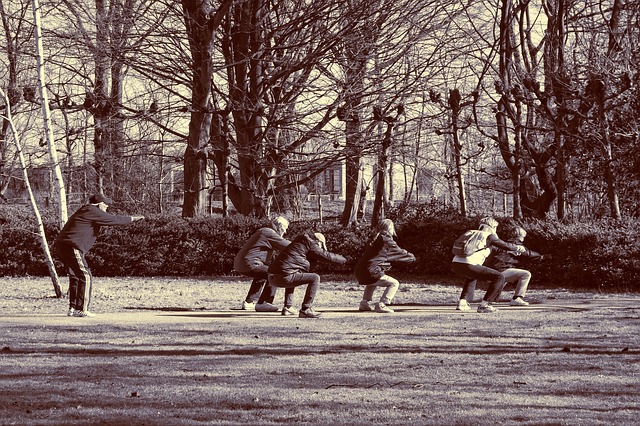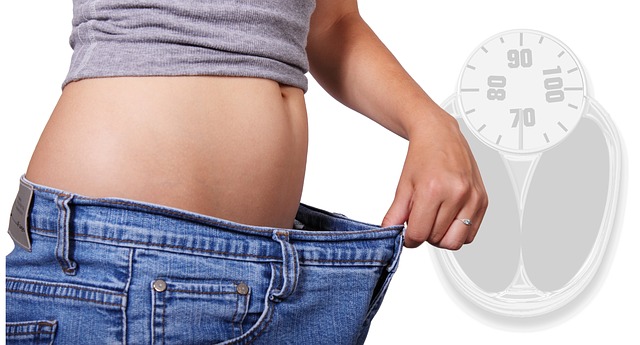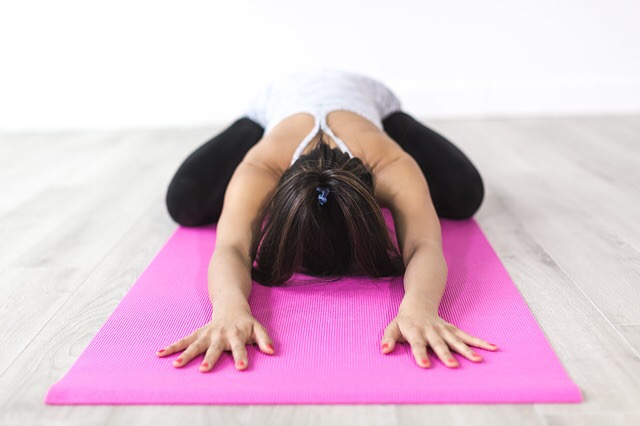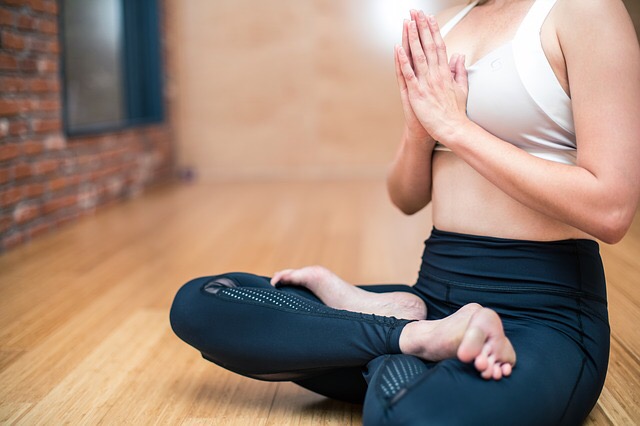Posts Tagged ‘chiropractor westwood’
Standing All Day: Muscle Fatigue At Its Finest
Sitting gets all the attention, but standing all day is just as harmful
“Sitting is the new smoking,” has been proclaimed by health blogs for years now, and with good reason. But just because a certain percentage of the workforce is crossing over into an office setting doesn’t mean that other jobs cause any less pain. Standing, while causing less spinal compression than sitting, still involves between 100 and 220 kg of downward pressure to the spine depending on the activity, and that’s with good posture! Of course the solution is to vary your position frequently throughout the day but many people’s jobs pigeonhole them into sitting or standing for long periods of time.
The Deep Squat Rest: One Powerful Move for Spinal Health
Standing all day breeds a unique type of back pain
The deep, full-back ache that comes from standing all day is particularly problematic. When you stand all day, your body naturally seeks to transform from neutral posture, which is hard to maintain without the proper muscles, to something that it deems, “more comfortable.” This is an illusion that your body is good at tricking itself into; often this position of enhanced comfort includes anterior pelvic tilt, which causes an exaggerated lordotic curve in the lumbar segment. This position can cause pinching of both the intravertebral discs and the spinal facet joints which can lead to a lot of pain. One way to reverse this is to focus on reversing the anterior pelvic tilt and addressing your curvature issues. The deep squat rest can help you do just that.
Say hello to the Deep Squat Rest
This is a difficult movement to master, mostly because it challenges your balance and strength. But if you can master this movement, you will be able to give your body a huge boost. Here are some of the benefits of the deep squat thrust.
- Works to reverse anterior pelvic tilt
- Relieves tightness in the hip flexors which is a signal contributor to anterior pelvic tilt
- Alleviates pressure on the spinal facet joints by resetting curvature in the lower back.
- Strengthens core muscles that provide stability in the lower back
- Helps you maintain better posture with less pain when you stand all day.
A detailed description of how to perform this beneficial movement can be found here.
Anyone who stands a lot for a living is particularly prone to lower back pain.
Don’t let your job take an irreversible toll on your spine. Today is the best day to start taking the steps you need to keep your spine balanced and strong against the risk factors of your job and lifestyle. If you need help developing a plan that accounts for your job, your lifestyle and the condition of your spine, give our office in Westwood a call to schedule an appointment today.
Use Your Hips to Relieve Tension From Your Spine
Tight hips spell pain for your lower back
It can go both ways: a tight set of hips is a signal contributor to lower back pain by creating a pull on the lower back that leads to instability at the base of the spine. Tight hips, in tandem with anterior pelvic tilt, wreak havoc with your posture and cause the muscles of your lower back to work overtime to maintain spinal alignment. On the other hand, mobile hips allow you to stabilize and transfer forces more effectively; less tension in the hips translates to more strength at the base of the spine and helps prevent injury. It’s time to put more effort into keeping your hips open.
Our Spinal Alignment Tip of the Week
Have you trained your spine into misalignment?
Modern lifestyles are conducive to holding patterns that are bad for the spine. We sit all day, interacting with devices of varying sizes and ignoring our posture. The muscles of our shoulders, neck, back, hips and pelvis recognize that they are placed in such unnatural positions often and they begin to change to accomodate this frequency. These positions involve over-contraction of some muscles and complete lack-of-use in other, changing the entire musculoskeletal balance of your body. The worrying thing is that if you’ve trained your spine into misalignment, you may also be training it to accept tension and pain as the norm.
Chiropractic and Weight Loss Catalyze Each Other
When starting any new weight loss plan, it is important to stack the odds in your favor.
A good place to start is by being honest with yourself- you are less likely to exercise if you are in pain. Back pain is a key deterrent in any exercise regime- it makes you less likely to seek out physical activity in the first place, and much less likely to enjoy it. This is where chiropractic steps in: our job is to help reduce back pain, alleviate nerve impingement and reduce muscle tension in order to help your body feel more comfortable. The more comfortable you feel, the more likely you are to seek out the exercise which will then help you lose weight. A further goal of chiropractic care is establishing as close to full range of motion in the spinal joints as is possible given your level of fitness and the state of your spine. Full range of motion allows you to work out more comfortably and effectively, with a lower risk for injury and pain.
Cervical Decompression Done Daily
Say goodbye to your stiff neck
A sore, stiff neck is indicative of modern lifestyles that ask us to sit too much, move too little and all but sacrifice our spinal health for the sake of our jobs. Your head is the heaviest structure in the body which poses a challenge, especially to the cervical vertebrae, by sitting right at the top of the spine. Many of us then add poor posture into the mix by craning our heads forward to look at our computer and phone screens, unwittingly magnifying the weight of our heads and associated downward pressure on the spine. It’s no wonder that so many of us leave work at the end of the day with neck pain. This week, we have one simple exercise that helps to roll back this compressive effect on the cervical vertebrae and allows for an uptick in circulation in the neck which stimulates healing.
The Fascia Holds You Together But Can it Also Hold You Down?
First of all, what is the fascia?
The fascia is a lesser known layer of the human body. Made up of connective tissue (primarily collagen), the fascia encloses and stabilizes all of your organs and muscles while also connecting them. It allows for the free articulation of every part of your body by reducing friction between the muscles and other structures. It is hard to imagine what we would be without the fascia, but it is also not hard to imagine how the fascia causes pain.
The Loving Link Between Comfort and Sleep
Comfort is integral to sleep
It is one of the reasons that women with no history of sleep problems find that it suddenly poses a problem during pregnancy. The backaches, indigestion, headaches and breathlessness combine to cause a certain kind of insomnia that can be hard to shake during pregnancy. Now take away the pregnancy and imagine that one or more of these factors was present in your life- you can see how that would make sleep exceedingly difficult. One of our jobs at OFW Chiropractic is to make your body more comfortable so that falling asleep is easier. Because sleep is a cornerstone of wellness, we make it a priority in our holistic wellness plan. Comfort is what leads us to sleep in a preferred position each night but, as we will find, not all sleep positions are good for us.
Listen to Your Body When It Says: I Need to Stretch
It’s time stop ignoring your intuition
If you are like millions of Americans, you leave work at the end of the day with a stiff, sore spine. You may have associated pains in the neck and even headaches that stem from the nature of office work. Your spine is suffering the effects of compression- the downward force of gravity, combined with the added pressure of sitting and, possibly, poor posture. Your brain knows your body is in need of a stretch, so what are you going to do about it? Again, if you are like millions of Americans, you are going to ignore those signals and let the pain compound. This is how many of us end up with chronic back pain. So whether you are actually ignoring pain signalls, or you simply don’t know how to go about stretching to account for office-related back pain, it’s time to start being more proactive about caring for our backs.
Yoga Do Yoga Don’t When it Comes to Back Pain
Yoga is a back pain sufferer’s best friend
Its versatility is its greatest asset: you control the intensity and determine what part of your body you want to target. In this way, people with back pain can use yoga to increase spinal flexibility, strengthen the core stabilizing muscles and boost circulation in localized areas of pain. This type of exercise perfectly aligns with the core tenets of chiropractic, which is why yoga is a chiropractor-approved and recommended form of self-care. However, certain yoga movements can actually worsen back pain, and it is important to know which moves are a no-go when using yoga to treat your back pain.










